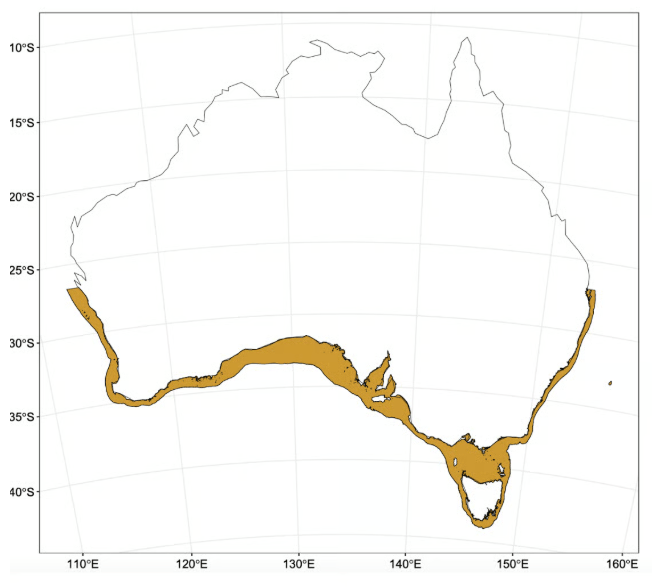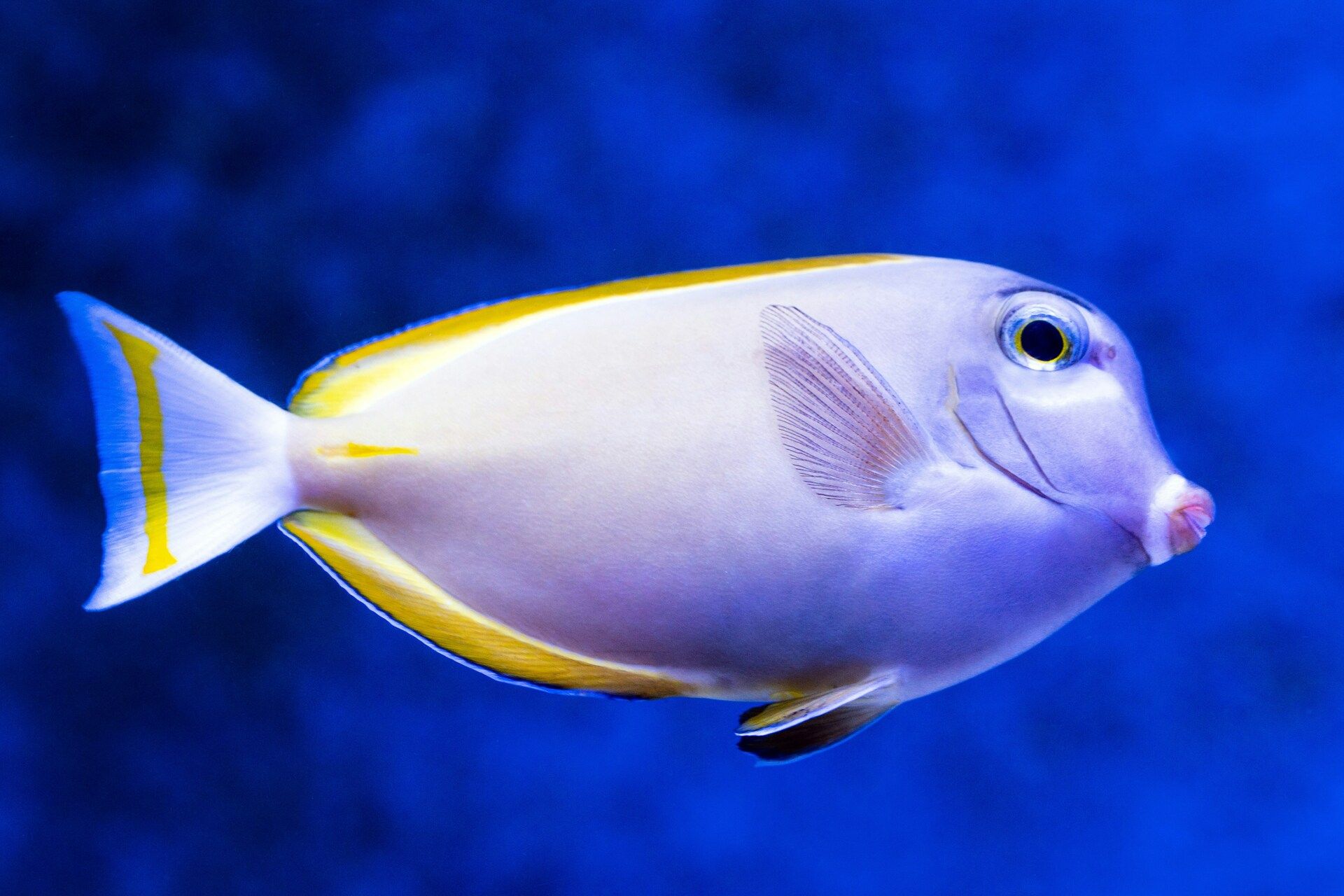🌊 What’s happening?
While a rise in sea temperature might make a morning swim a little less icy, it’s not necessarily good news. In fact, experts warn the “tropicalisation” of the ocean is leading to a dramatic shift in the health of our underwater ecosystem.
Kelp forests along the Mid North Coast of NSW are being over-grazed by seaweed-loving species moving down from the tropics.
🌡️ What’s the cause?
Global ocean temperatures are rising as climate change, caused by the burning of fossil fuels releasing carbon dioxide into the atmosphere, has an ongoing impact on our environment. Warmer waters, together with the eastern Australian current getting stronger, are drawing new species to the Mid North Coast.
They include herbivorous fish (or vegetarian fish) such as rabbitfish, surgeonfish and drummerfish, which like to eat kelp forests – a little too much.
🪸 Great Southern Reef
The Mid North Coast is included in the Great Southern Reef (GSR) – an extensive and interconnected system of temperate reefs predominantly characterised by kelp forests.
Kelp is a type of underwater seaweed that thrives in cold water environments.

Image: The Great Southern Reef. Image: The Great Southern Reef Foundation website.
The GSR spans 8,000 km of coastline across the entire southern part of Australia and hosts a range of habitats – providing food and shelter.
🥬 Bad news for the forest
Adriana Vergés, Professor in marine ecology at UNSW Sydney and the Sydney Institute of Marine Science (Australia), said one impact of climate change has been the “tropicalisation” of ecosystems, and this is bad news for our kelp forests and the species that rely on them.
🐠 Quick refresh
Tropical fish species are expanding south because they can. Like humans, marine life has a preferred temperature.
“We're seeing tropical species that belong in places like the Great Barrier Reef, that are starting to expand their distribution southward following the East Australian current,” Vergés said.
🌳 Underwater trees
Kelp forests cover a quarter of the world’s coastlines. Vergés said these incredibly productive (and beautiful) ecosystems play the same role as trees on land.
More than 70 percent of species found in the Great Southern Reef are unique to that area.
“When we lose our kelp forests, and for species that are very closely associated with them, we're kind of losing them from planet Earth,” Vergés said.
🏝️ Disappearing habitat
Some of Verge’s work has focused on the Solitary Islands, off Coffs Harbour, where she said kelp forests were in decline.
“The kelp itself is what's … creating the habitat. So if it gets eaten, then the entire habitat is gone,” Verges said.
“When these herbivorous fish come in and they consume and over-graze the kelp, they're creating an unvegetated alternative habitat, which then has a consequence for all the species that would normally associate with the kelp forest.”
🌏 The bigger picture
Tropicalisation and damage to kelp forest habitats is not just a problem on the East Coast of Australia – it’s an issue across the country.
“We're definitely feeling the impacts of climate change in colder water ecosystems,” Verges said. “So just like the Great Barrier Reef is bleaching, we are also seeing impacts in higher latitude reefs, which in some cases are really kind of dramatic.”
🐟 Tassie trip
Currently, warm water species are making it all the way down to Tasmania.
“Species that don't normally exist in places are shifting their range so that sea urchins, which would never be in Tasmania, are now finding their way there and causing absolute devastation in that area and eating the kelp beds, whereas previously currents stopped them being able to spread that far,” said marine ecologist, Dr Lissa Schindler.
⬇️ Deeper and deeper
“Once you get past mainland Australia, you see that the sea floor starts to gradually get deeper and deeper and there's nowhere for these communities to move,” Schindler said.
“Things are happening so quickly, more quicker than it's ever been before, that some of these animals and plants are not going to be able to move and adapt at the rate that climate change is happening.”
🔎 Searching for solutions
Facing the impacts of rising ocean temperatures, Schindler said Australia would need to cut emissions to maintain the natural balance of the ocean.
“What we're seeing is that as temperatures are warming, it's starting to put things off kilter,” said Schindler.
“The governments need to play a leading role, especially Australia, in cutting greenhouse gas emissions domestically and phasing out the export of fossil fuels like coal, because this is what's driving the heat in the system is the mining and burning of fossil fuels.”
Photo by David Clode on Unsplash
This story was originally published in the Mid North Coaster.


